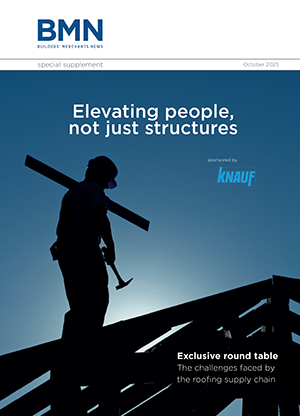LONDON: TRADA has launched a series of articles to uncover the truth about timber frame and fire, with a review of the statistics produced by Communities and Local Government (CLG), the department responsible for building regulations and planning.
The statistics in the report – Fire Statistics Monitor, April 2009 to March 2010 – rebuff many of the media claims and show, for example, that completed timber frame dwellings are no more likely to cause fatal or non-fatal injuries than other forms of construction.
TRADA decided to 'go back to basics', said membership and marketing manager Rupert Scott. "The coverage of fire in timber frame buildings has been emotive and relentless. The media has raised many issues, some legitimate, but others barely founded on fact. It is important that the timber industry understands the facts clearly, to determine the real problems and their solutions."
Paul Newman, UKTFA board and fire sub-committee member, has commended TRADA for "bringing a balanced and independent view to the debate. All stakeholders must work together to identify and resolve the genuine issues at the heart of the matter. This means doing the research properly, not skimming off headlines to suit individual purposes. The UKTFA is committed to working with others, like TRADA, who are prepared to adopt a similar constructive approach."
According to the CLG report, a number of large timber frame construction projects have experienced fire damage to large areas of the building, Mr Scott conceded. "The timber frame industry is quite clear that this is the issue that needs to be addressed." A number of solutions exist to solve this problem on large, medium-rise projects:
- Alternative phasing of construction tasks, so that large areas of structural timbers are not left exposed
- Supplying closed panel construction
- Alternative material technologies, which provide enhanced fire protection
- Tight security during the critical phase.





